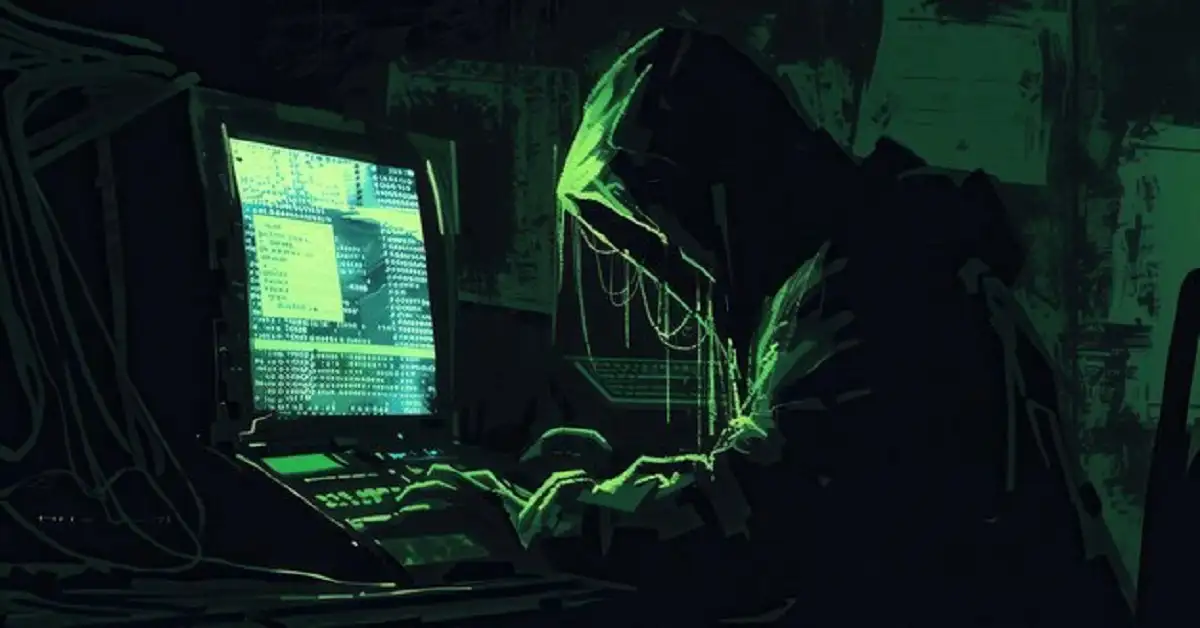HackerOne’s $1M to $4M Bug Bounty Evolution: Toulas and BleepingComputer Insights
Introduction
In the realm of cybersecurity, ethical hacking has emerged as a pivotal strategy for protecting sensitive information. Leading the way is HackerOne, a bug bounty platform that connects ethical hackers (often called “white hats”) with organizations seeking to identify and fix security vulnerabilities. In recent years, HackerOne has facilitated millions of dollars in rewards to security researchers, culminating in payouts ranging from $1M to $4M. This evolution signifies a growing recognition of the value ethical hackers bring to organizations’ security landscapes. Toulas, a security expert, and BleepingComputer, a widely-respected tech news platform, have been instrumental in shedding light on this growing trend.
In this article, we will explore the progression of HackerOne’s bug bounty program, the significance of its $1M to $4M payouts, and the role Toulas and BleepingComputer have played in highlighting these developments.
The Rise of Bug Bounty Programs
With the rapid expansion of the digital landscape, the threat of cyberattacks has intensified. Vulnerabilities in software, websites, or applications expose organizations to breaches, theft of sensitive information, and loss of trust. Traditional methods of cybersecurity, while critical, cannot keep up with the dynamic and fast-paced nature of emerging threats. To supplement these methods, organizations have increasingly turned to bug bounty programs.
Bug bounty platforms, like HackerOne, provide a unique solution by allowing ethical hackers to report security vulnerabilities in exchange for rewards. These bounties range from a few hundred dollars to tens of thousands, or even millions, depending on the severity of the vulnerability.
Since its inception, HackerOne has been a driving force in ethical hacking, helping companies secure their systems while rewarding individuals for their contributions. It has grown to include thousands of companies, including major tech firms like Google, Facebook, and Microsoft.
The $1M to $4M Evolution in Bounties
HackerOne’s total payouts to security researchers have grown exponentially in recent years. In the early days of bug bounty programs, rewards were relatively modest, and only a few researchers could expect to earn substantial amounts. However, as cybersecurity threats have escalated and the stakes have risen, so too have the payouts.
The leap from $1M to $4M in bug bounty payouts reflects not only the increasing importance of cybersecurity but also the growing scale of these programs. Several factors have contributed to this development:
- Increased Awareness of Cybersecurity Threats: As high-profile cyberattacks—like the SolarWinds breach or ransomware attacks—capture global attention, companies are investing more in protecting their digital assets. They recognize that vulnerabilities can lead to data breaches, financial losses, and reputational damage.
- Incentives for Researchers: Large payouts serve as an incentive for top-tier security researchers to focus their efforts on identifying critical vulnerabilities. Talented ethical hackers, often in competition with black-hat hackers, are motivated by the potential for significant financial rewards.
- Collaboration with Large Corporations: As more tech giants, governments, and critical industries join platforms like HackerOne, the number of valuable bug bounty opportunities increases. Larger organizations, with more complex systems, are willing to pay higher sums for the identification of vulnerabilities.
- Government and Military Involvement: Government agencies, including the U.S. Department of Defense, have launched their own bug bounty programs, such as “Hack the Pentagon” and “Hack the Army.” These programs reward hackers with substantial payouts, raising the overall profile and potential of bug bounty initiatives.
Toulas’ Insights into the Evolution
As a renowned cybersecurity expert, Toulas has been vocal about the significance of bug bounty programs and their impact on the industry. In his analysis, Toulas emphasizes the shift from bug bounties being an “afterthought” in the security process to becoming an integral part of it.
Toulas notes that companies are now budgeting specifically for bug bounty programs, with HackerOne serving as a trusted intermediary between hackers and corporations. He also highlights the transparency and public recognition that come with such programs. Companies, once hesitant to admit they have security flaws, now proudly display their participation in bug bounty programs, signaling to the public and investors that they take cybersecurity seriously.
Additionally, Toulas points out that bug bounty programs have helped democratize cybersecurity. Individuals from all corners of the world, regardless of their background or formal education, can participate in these programs and earn a significant income. Toulas has lauded HackerOne for making cybersecurity more accessible to a global pool of talent.
BleepingComputer’s Role in Publicizing the Bug Bounty Revolution
BleepingComputer, one of the leading platforms for cybersecurity news and tutorials, has played an essential role in bringing the achievements of bug bounty programs to a broader audience. Their coverage of major payouts and success stories has helped raise awareness about the importance of ethical hacking.
One of the key contributions of BleepingComputer is its ability to distill complex cybersecurity information into easily digestible content for its readers. This has been particularly valuable when covering large bug bounty payouts. The platform regularly reports on the latest HackerOne statistics, breaking news about top earners, and interviews with prominent figures in the ethical hacking community.
In recent years, BleepingComputer has highlighted the transformative impact of million-dollar bug bounty payouts. These articles often detail how ethical hackers have been able to identify critical vulnerabilities that could have had disastrous consequences if left undiscovered. Furthermore, they feature stories of ethical hackers who have made substantial careers out of bug bounty hunting, earning millions by helping to secure the digital world.
The Future of Bug Bounty Programs
As cybersecurity threats continue to evolve, bug bounty programs will only grow in importance. HackerOne’s progression from $1M to $4M payouts is a clear sign that organizations recognize the value of ethical hacking as a proactive approach to security.
The next frontier for bug bounty programs may involve expanding beyond traditional software vulnerabilities. As the Internet of Things (IoT) continues to grow and more devices become connected, vulnerabilities will emerge in smart homes, cars, and even medical devices. HackerOne is already beginning to explore opportunities in these areas, offering bounties for IoT vulnerabilities.
Additionally, artificial intelligence (AI) and machine learning (ML) systems will likely become key targets for bug bounty hunters. As AI becomes more integrated into cybersecurity defenses, attackers will seek to exploit vulnerabilities in these systems. Ethical hackers, armed with AI-driven tools, will play a critical role in safeguarding these future technologies.
Conclusion
HackerOne’s bug bounty program has come a long way, with payouts ranging from $1M to $4M marking a significant milestone in the field of cybersecurity. Through the efforts of ethical hackers, companies are now better equipped to combat cyber threats, protecting their systems and data from malicious actors. Toulas and BleepingComputer have been instrumental in documenting and publicizing this evolution, bringing attention to the critical role that bug bounty programs play in today’s digital world.
As we move forward, ethical hackers will continue to be at the forefront of cybersecurity, earning substantial rewards while making the internet a safer place for everyone. HackerOne’s ongoing growth, coupled with the expertise of researchers like Toulas and the reporting by platforms like BleepingComputer, will ensure that bug bounty programs remain a vital component of modern security strategies.



